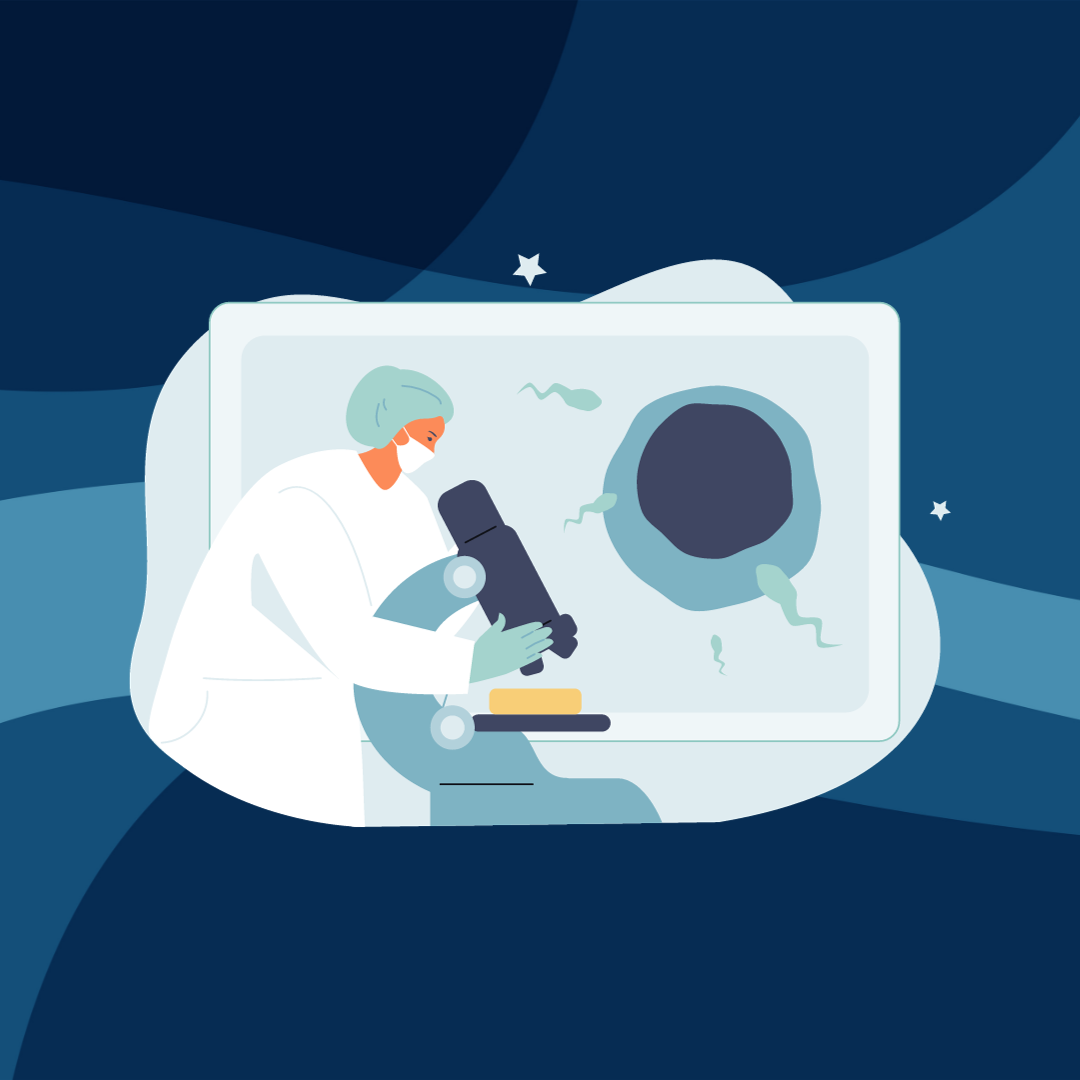Men might be the key to an American baby boom
By Lucy Tu,
The Atlantic
| 07. 11. 2025
Donald Trump—who is, by his own accounting, “the fertilization president” and “the father of IVF”—wants to help Americans reproduce. During his 2024 campaign, he promised that the government or insurance companies would cover the cost of in vitro fertilization. In February, he issued an executive order promising a plan to expand access to the procedure and reduce its steep cost. (The administration has yet to release this plan, but the White House spokesperson Kush Desai told me that the president’s advisers have completed their recommendations.)
In its broader push to boost the U.S. birth rate, the Trump administration has increased the child tax credit, implemented a new $1,000 baby bonus, and, according to reporting by The New York Times, floated affirmative action for parents who apply to Fulbright scholarships. But Trump’s push to expand IVF exposes a fault line in modern conservatism’s approach to fertility treatments in particular: Some pronatalists view the procedure and other fertility technologies as essential tools to reverse declining birth rates, but others, including many anti-abortion activists, are pressing for legal protections for the...
Related Articles
By Courtney Withers and Daryna Zadvirna, ABC News | 12.03.2025
Same-sex couples, single people, transgender and intersex West Australians will be able to access assisted reproductive technology (ART) and surrogacy, almost a decade after reforms were first promised.
The landmark legislation, which removes the requirement for people to demonstrate medical...
By Rachel Hall, The Guardian | 11.20.2025
Couples are needlessly going through IVF because male infertility is under-researched, with the NHS too often failing to diagnose treatable causes, leading experts have said.
Poor understanding among GPs and a lack of specialists and NHS testing means male infertility...
By Grace Won, KQED [with CGS' Katie Hasson] | 12.02.2025
In the U.S., it’s illegal to edit genes in human embryos with the intention of creating a genetically engineered baby. But according to the Wall Street Journal, Bay Area startups are focused on just that. It wouldn’t be the first...
Several recent Biopolitical Times posts (1, 2, 3, 4) have called attention to the alarmingly rapid commercialization of “designer baby” technologies: polygenic embryo screening (especially its use to purportedly screen for traits like intelligence), in vitro gametogenesis (lab-made eggs and sperm), and heritable genome editing (also termed embryo editing or reproductive gene editing). Those three, together with artificial wombs, have been dubbed the “Gattaca stack” by Brian Armstrong, CEO of the cryptocurrency company...




